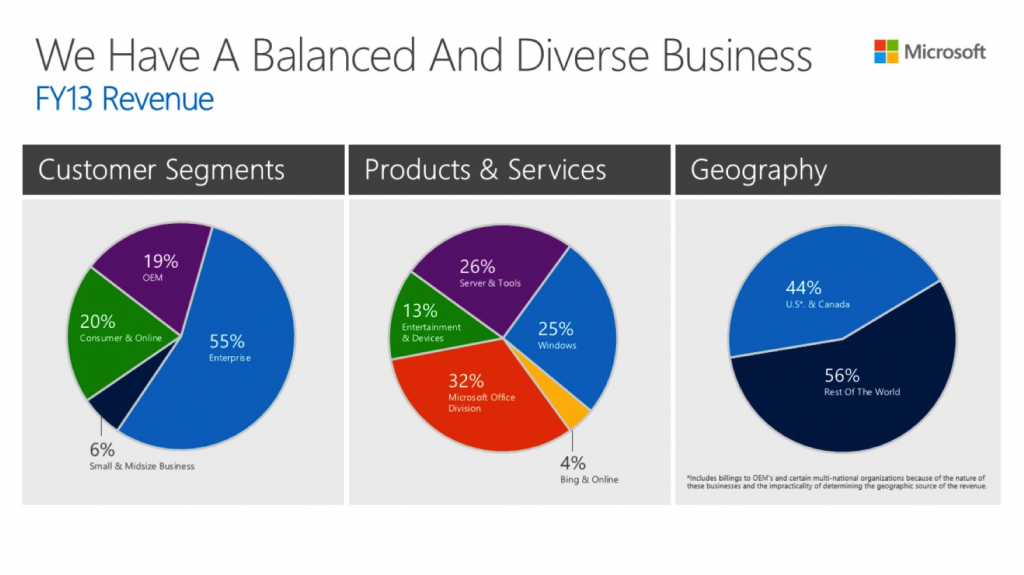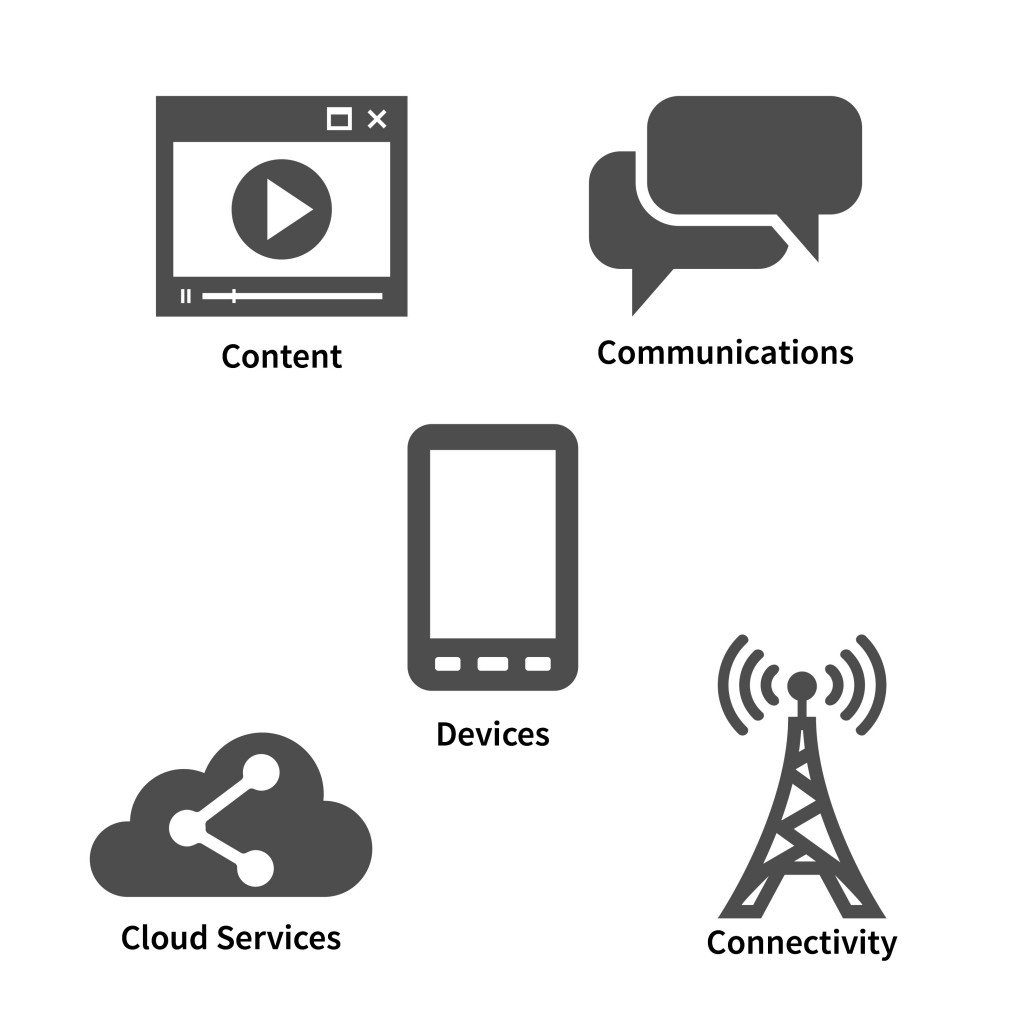Charles Arthur of the Guardian wrote a very well-circulated piece this week about Comscore’s latest numbers for Google Maps and Apple Maps. The title was “Apple Maps: how Google lost when everyone thought it had won” and I have two main objections to the piece. One is that I’m not sure everyone did think Google had “won” when Google was stripped of its role as the mapping data provider for iOS, and the second is that I’m suspicious of the Comscore data he cites to back up his point. Let’s take these one by one.
The removal of Google data from Apple Maps was a strategic decision – for both companies
Firstly, Google’s removal as the provider of map tiles and other data for the native Maps app on iOS was always on the face of it a loss rather than a win. It was obvious that it would lose many users on its platform (especially as a downloadable Google Maps app wouldn’t launch for three months after the launch of iOS 6, and that for a company that makes much of its trove of user data, this was a significant blow. However, there are two points worth bearing in mind here:
- First, Google derives value from data, but revenue only from advertising, at least in the context of Maps. Thus, the value it gained from Maps was exclusively secondary in nature. That’s not to dismiss it entirely, but it is to make the point that Google was not fulfilling its primary objective 1 – revenue generation through advertising – through iOS’s native Maps app.
- Secondly, it is not clear that Google had all that much choice in the matter. Yes, Apple has certainly positioned the shift to using its own mapping platform as a response to broken promises on Google’s part, but the fact is that it was imperative for Apple from a strategic perspective to shift to developing and using its own mapping assets and moving away from Google’s. It’s not clear to me that Google could have fulfilled any of its larger objectives while satisfying Apple’s demands.
As such, it was a strategic decision on Apple’s part to move away from using Google, and a strategic decision on Google’s part to go along with it. That decision involved a calculation on Google’s part that it would derive more value from being able to truly own the mapping experience from Google Maps users on iOS, even a smaller number of users, than it would from being having to play second fiddle to Apple. That calculation was risky for both parties – Apple must have known how hard it would be to provide a competitive mapping experience with no track record from day one (though perhaps even it was overwhelmed by the negative reaction), and Google knew what it was sacrificing and what it hoped to gain. Continue reading
Notes:
- This distinction between primary and secondary value is something I hope to explore further in a future post – every company has both primary and secondary sources of value and necessarily treats them differently. ↩

